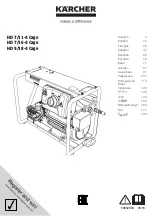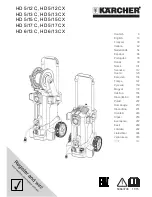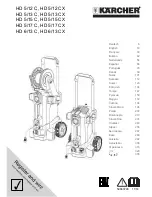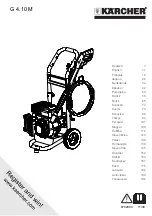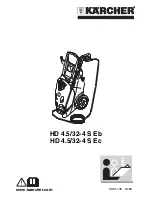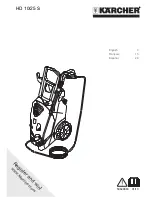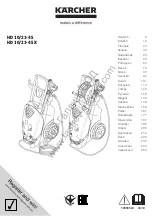
40
| [email protected] | 1-800-828-7280
instantpot.com |
41
Other cooking styles
Stage 1: Setting up the sous vide water
bath
01
Remove the inner pot from the
multicooker base.
Fill the inner pot with warm water
up to
— 1/2 line
, as indicated on the
inner pot.
Insert the inner pot into the
multicooker base.
02
Secure the power cord to the base
power socket on the back of the
multicooker base. Make sure the
connection is tight.
Connect the power cord to a 120 V
power source.
The display shows
OFF
.
03
Place and close the lid as described
in
Pressure control features: pressure
, or use a glass lid with a
venting hole.
04
Press the quick release button down
until it clicks into the
Vent
position.
Stage 2: Setting up the Duo Viva for sous
vide cooking
01
Press
Sous Vide
.
02
Use the
− / +
buttons to adjust the
cooking temperature.
03
Press
Sous Vide
again to toggle to the
time setting.
04
Use the
− / +
buttons to adjust the
cooking time.
Cooking time and temperature
adjustments are saved to the Smart
Program when cooking begins.
05
After 10 seconds, cooking begins and
the multicooker displays
On
to indicate
that it has begun heating.
Stage 3: Getting food ready
01
White the water heats, start by
seasoning your food as desired.
See
for tips!
02
When you’re ready, separate each
serving of food into individual
pouches.
03
Remove all air from the pouches and
seal them tightly.
Stage 4: Cook ‘em up!
01
Once the water bath is ready, the
display shows
Hot
for a few moments
before switching over to the
countdown timer.
02
Remove the lid and carefully immerse
the sealed pouches in the water.
The food in the pouches should be
submerged, so add heated water to
the inner pot any time it’s needed,
but
,
if you’re using a re-sealable bag, make
sure the seal stays above the water.
03
Place and close the pressure cooking
lid as described in
features: Pressure cooking lid
.
04
When the Smart Program finishes
the display shows
End
. Open the
multicooker and use your tongs to
carefully remove the pouches from
the hot water.
05
Open the pouches and use a
thermometer to check for doneness.
Other cooking styles
CAUTION
Do not overfill the inner pot to avoid property damage. Total contents (water
and
food pouches) should leave at least 5 cm (2”) of headspace between the water line
and the brim of the inner pot.
Reverse searing
Searing your meat after low and slow cooking is the easiest way to boost those already-
delicious flavors through the roof
without
overcooking. Try reverse searing for tender,
juicy meat with a beautiful burnished crust.
01
After Sous Vide cooking, remove the meat from the cooking pouch and gently pat it
dry to remove as much moisture as you can from the exterior of the meat.
It may seem crazy to remove juices, but don’t skip this step — you’ll end up with more
flavor and a great looking finish!
02
Use the Sauté Smart Program to give it a good sear, or, use a cast iron pan, browning
torch, or a grill — anything hot to lock in that moisture!
03
Cover your meat with foil and let it rest for 5-25 minutes, depending on the size of
the cut.
Ingredients and seasonings
• Salt goes a long way when it has nowhere to go, so it’s better to use a little less than
you normally would, especially with meats, poultry and fish. If you find it needs more
after cooking, salt to taste!
• Use high quality, fresh ingredients when cooking sous vide to ensure the best possible
flavor, except…
• Use garlic powder rather than raw garlic. Raw garlic can become really bitter and
overpowering when cooked sous vide. Pure, high-quality garlic powder will give you
the best results.
Don’t use garlic salt in place of garlic powder!
Storing cooked food
If you're not going to eat right away, plunge the unopened pouches into ice water to
reduce the temperature quickly, then keep them refrigerated until you're ready.
Check out the
CAUTION
When cooking meat, always use a meat thermometer to ensure the internal
temperature reaches a safe minimum temperature. Refer to the USDA’s
Safe Minimum Internal Temperature Chart
for more information.





















